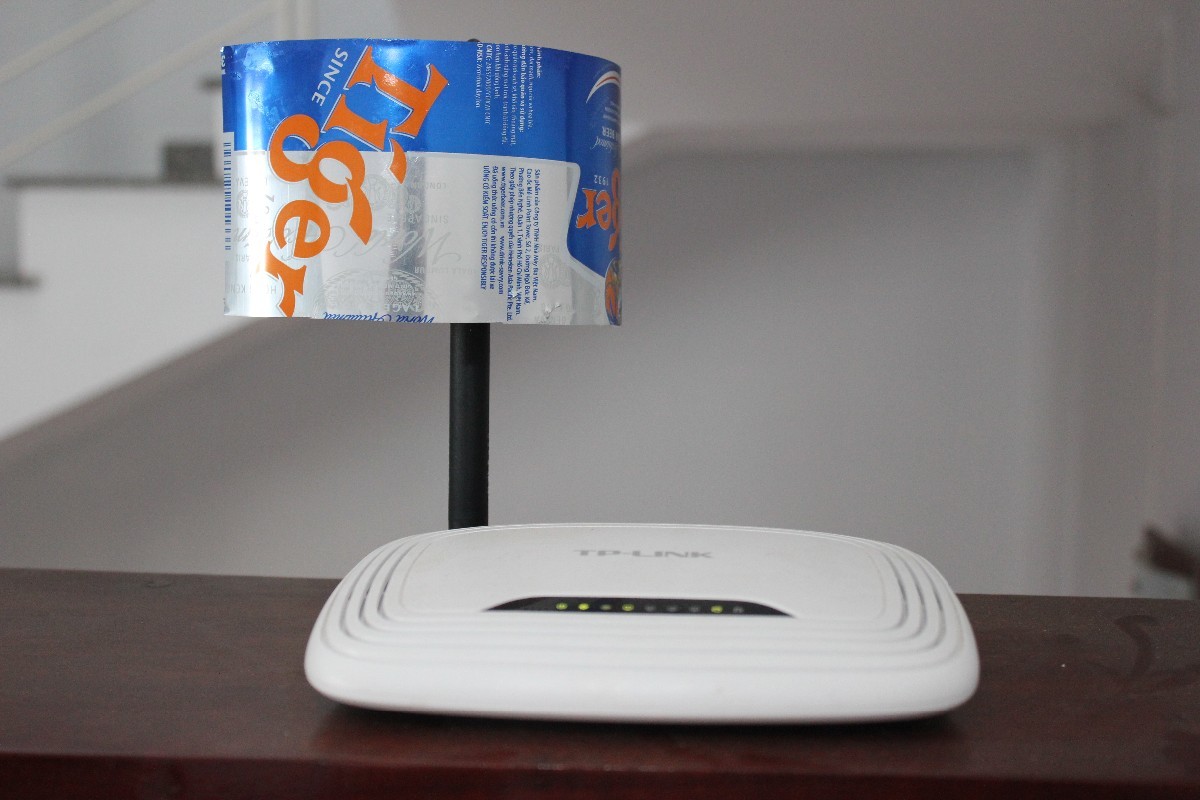WiFi Signal
Talking about 'good signal strength' may have become part of everyday language, but what constitutes a good Wi-Fi signal, really? Do you know what it takes to be able to use demanding services like Netflix and videoconferencing over Wi-Fi?
Why Wi-Fi Signal Strength Matters. A stronger Wi-Fi signal means a more reliable connection. This is what enables you to take full advantage of the internet speeds available to you. Wi-Fi signal strength depends on a variety of factors, such as how far you are from the router, whether it’s a 2.4 or 5ghz connection, and even the materials of. WiFi signal strength is tricky. The most accurate way to express it is with milliwatts (mW), but you end up with tons of decimal places due to WiFi's super-low transmit power, making it difficult to read. For example, -40 dBm is 0.0001 mW, and the zeros just get more intense the more the signal strength drops.
Signal strength is measured in dBm or decibel milliwatts, which, somewhat confusingly, is expressed only in negative values (with a minus sign in front).
So what are the good and acceptable dBm values for wireless internet?
Here is what the Wi-Fi signal strength values mean
How to measure the received signal strength
To measure signal strength at a given location and time, you can use a Wi-Fi scanner. You can read more about this in our article How to find good Wi-Fi channels and bad neighbors.
The measurement you are looking for is RSSI, which is short for received signal strength indicator.
If you are running Mac OS X, you can also measure the received signal strength directly without installing anything: Hold down the Altkey and click the Wi-Fi icon in the top menu, and details of communication with the wireless access point will appear under the name of the active Wi-Fi network.
If you would like to map out the signal for an entire home, we recommend using a heat mapper to create a heat map of good and bad coverage zones. See also: Map your wireless network with a heat mapper.
Poor signal strength? Remove obstacles
Have you done your testing and concluded that the signal strength is insufficient? First of all:
Don't be tempted to try to amplify the transmit strength from your router / access point. You may sabotage both yourself and your neighbors in the process, and you risk breaking the law along the way. Read more about this in Don't. Boost. Your Wi-Fi Signal.
Of course, the performance and capacity of the wireless network depends on more than the signal emitted from the access point, but the most important thing you can do for the signal is:
- Move the router or other access point high up and in front of any obstacles. Preferably high up on the wall.
- Place your devices and access points with as much of a clear line of sight between them as possible.
Get further advice on what you can do yourself to improve your home Wi-Fi in: Better Wi-Fi at Home: 18 Free Tips.
Article by Jan Pedro Tumusok and Jorunn D. Newth
Talking about 'good signal strength' may have become part of everyday language, but what constitutes a good Wi-Fi signal, really? Do you know what it takes to be able to use demanding services like Netflix and videoconferencing over Wi-Fi?

Signal strength is measured in dBm or decibel milliwatts, which, somewhat confusingly, is expressed only in negative values (with a minus sign in front).
So what are the good and acceptable dBm values for wireless internet?
Here is what the Wi-Fi signal strength values mean
How to measure the received signal strength
To measure signal strength at a given location and time, you can use a Wi-Fi scanner. You can read more about this in our article How to find good Wi-Fi channels and bad neighbors.
The measurement you are looking for is RSSI, which is short for received signal strength indicator.
If you are running Mac OS X, you can also measure the received signal strength directly without installing anything: Hold down the Altkey and click the Wi-Fi icon in the top menu, and details of communication with the wireless access point will appear under the name of the active Wi-Fi network.
Best Free Wifi Analyzer Windows
If you would like to map out the signal for an entire home, we recommend using a heat mapper to create a heat map of good and bad coverage zones. See also: Map your wireless network with a heat mapper.
Poor signal strength? Remove obstacles
Have you done your testing and concluded that the signal strength is insufficient? First of all:
Don't be tempted to try to amplify the transmit strength from your router / access point. You may sabotage both yourself and your neighbors in the process, and you risk breaking the law along the way. Read more about this in Don't. Boost. Your Wi-Fi Signal.
How To Boost Wifi Signal
Of course, the performance and capacity of the wireless network depends on more than the signal emitted from the access point, but the most important thing you can do for the signal is:
- Move the router or other access point high up and in front of any obstacles. Preferably high up on the wall.
- Place your devices and access points with as much of a clear line of sight between them as possible.
Get further advice on what you can do yourself to improve your home Wi-Fi in: Better Wi-Fi at Home: 18 Free Tips.
Article by Jan Pedro Tumusok and Jorunn D. Newth
